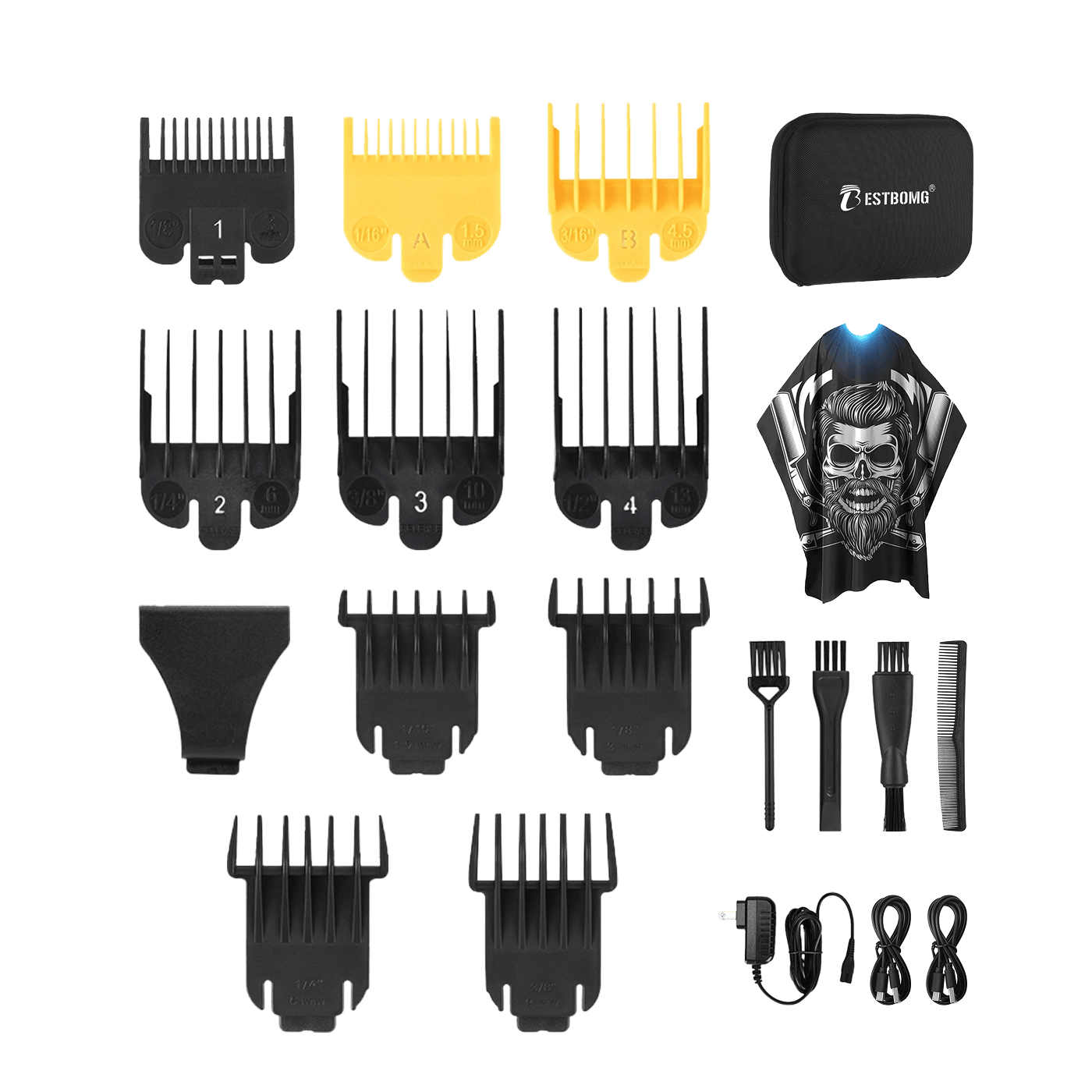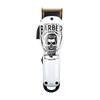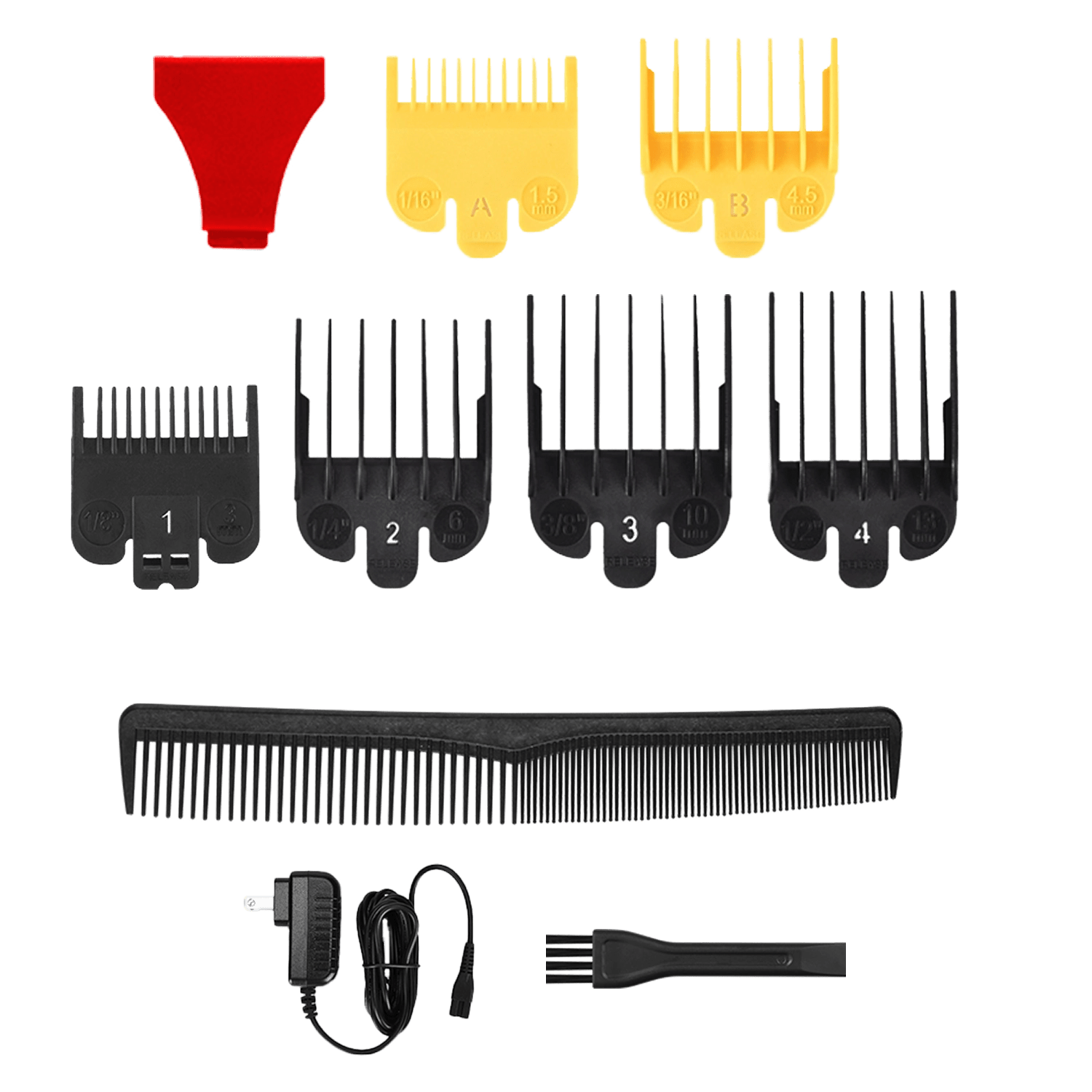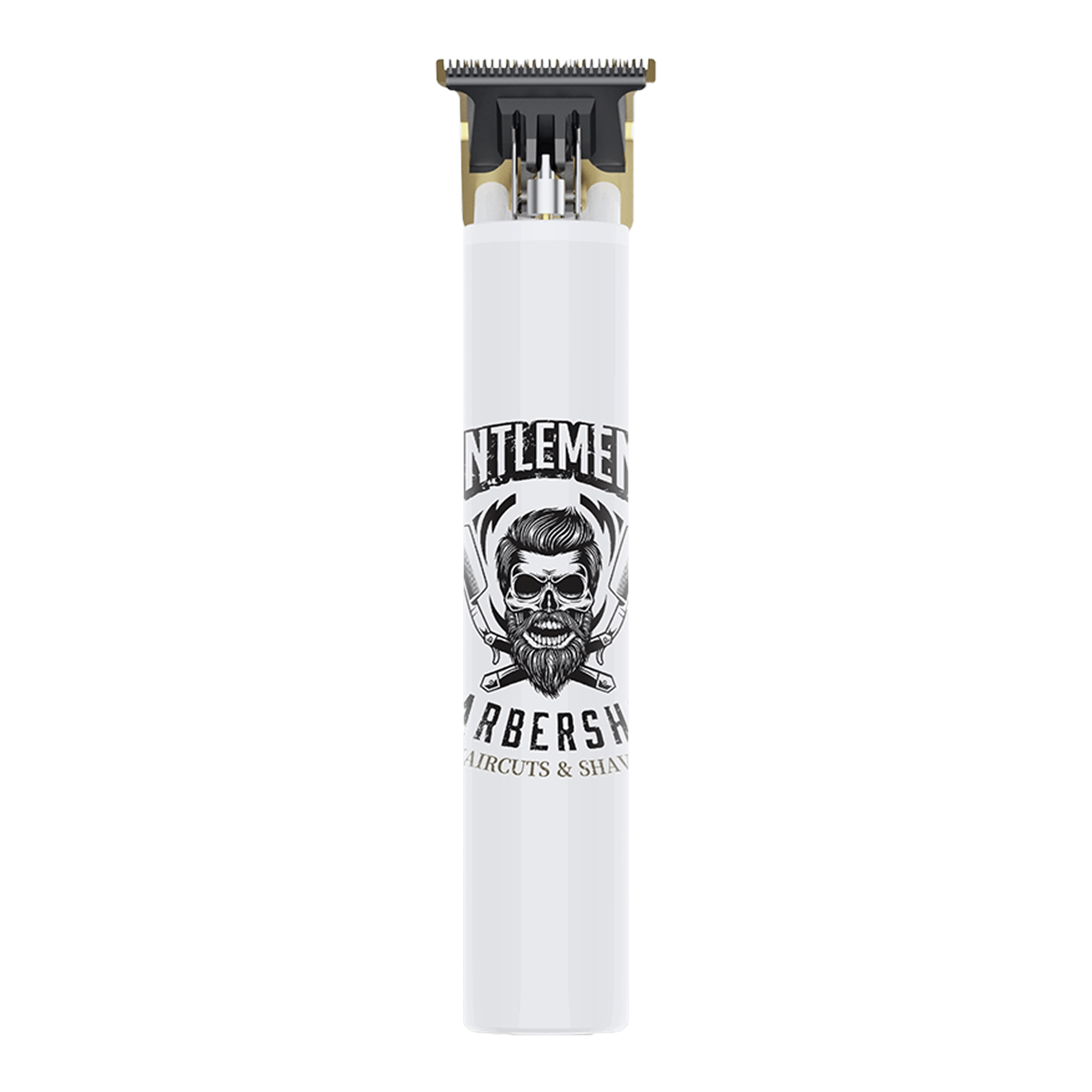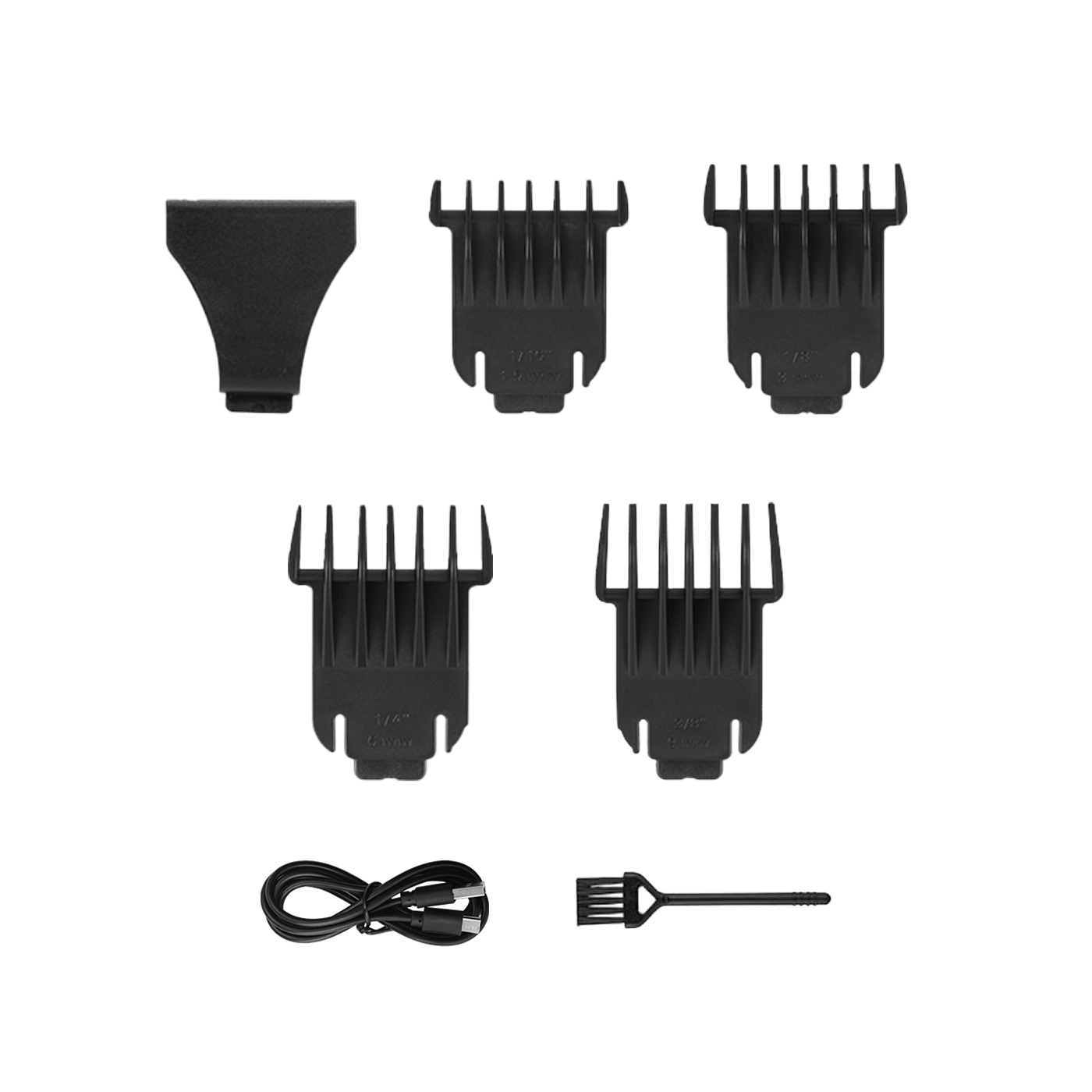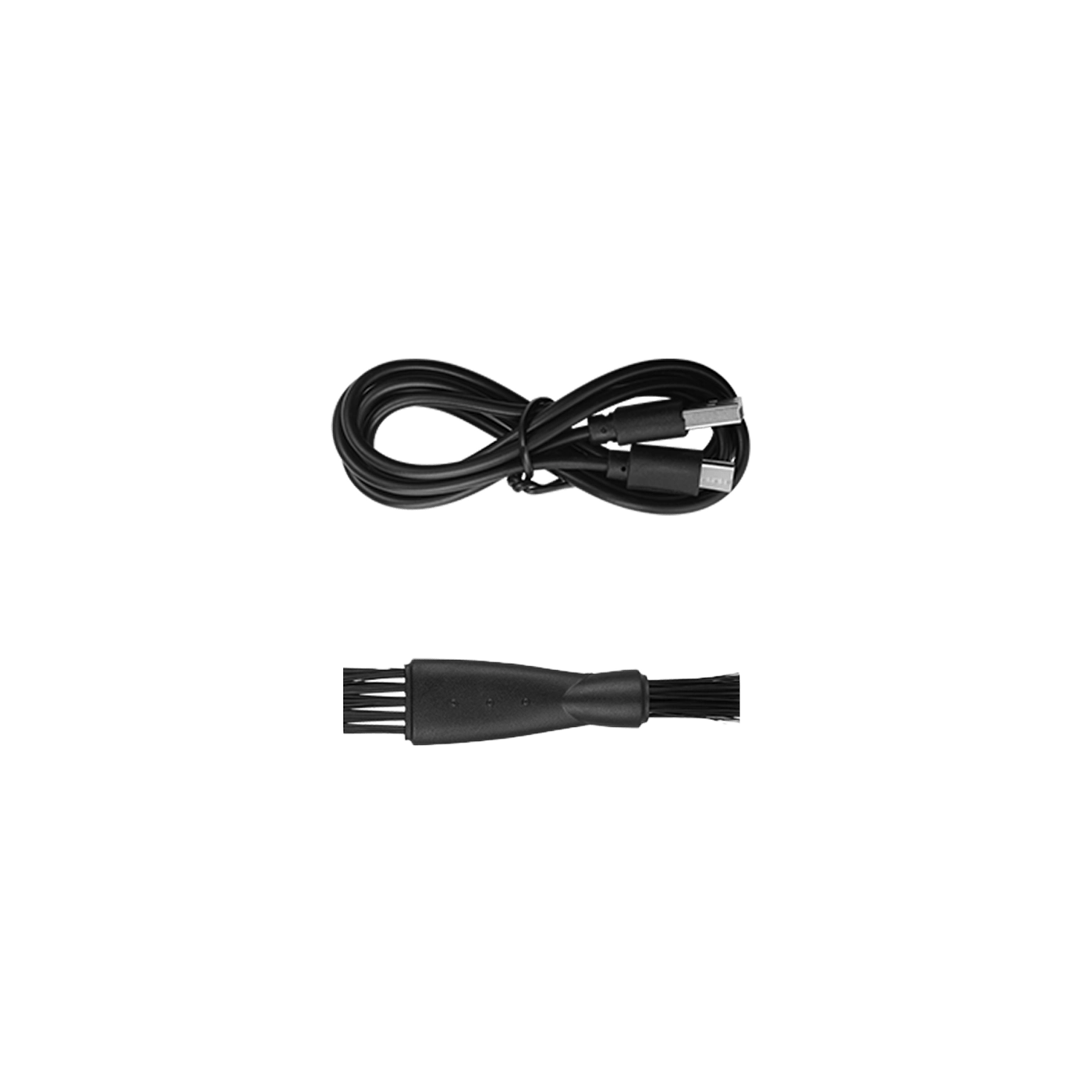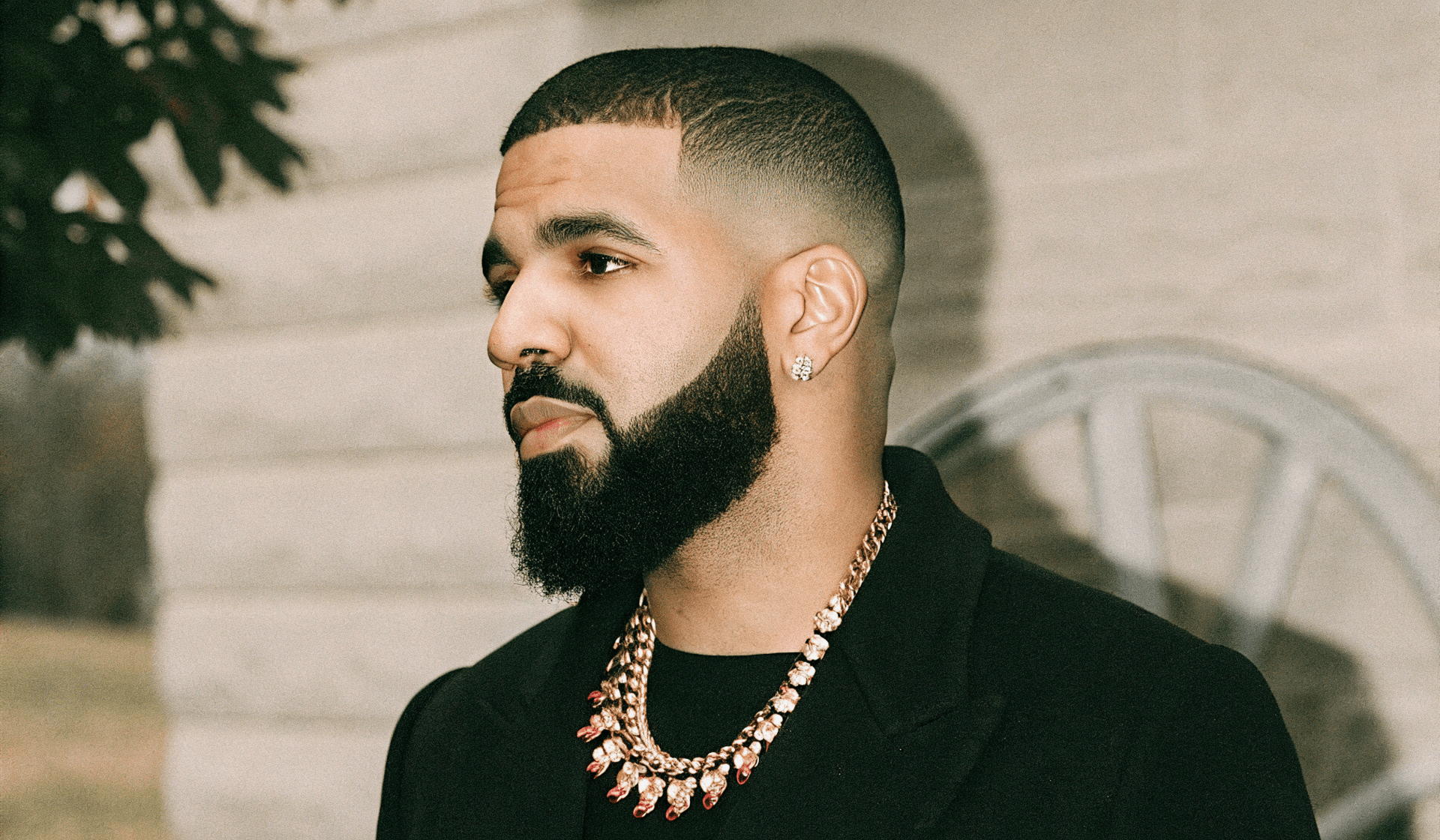Growing a beard is a journey that combines patience, genetics, and proper grooming. Many men wonder, how long does it take to grow a beard, or why some areas fill in faster than others. Whether you’re aiming for a stubble, a short beard, or a full majestic growth, understanding the timeline and care techniques is key.
In this guide, we’ll explore the stages of beard growth, factors affecting it, and how to maintain a healthy, well-groomed beard using tools like the T9 Beard Trimmer from Bestbomg.
The Three Phases of Hair Growth
Every hair on your face, including beard hair, cycles through three distinct stages. This cycle explains why some areas seem to grow faster than others and why patience is essential when growing a beard.
Anagen Phase (Active Growth)
- Duration: 2–6 years for facial hair
- What happens: Hair follicles actively produce new cells, pushing hair upward and outward
- Growth rate: Approximately 0.3–0.5 mm per day (about half an inch per month)
- Key fact: Genetics determine how long your anagen phase lasts, which directly affects your maximum beard length potential
During this phase, your beard is actively lengthening. The longer your anagen phase, the longer your beard can potentially grow. This is why some men can grow beards down to their chest while others max out at a few inches—it's determined by how long their follicles stay in the growth phase.
Catagen Phase (Transition)
- Duration: 2–3 weeks
- What happens: Hair growth stops; the follicle shrinks and detaches from blood supply
- Growth rate: Zero—hair neither grows nor falls out
- Key fact: Only about 1% of your facial hair is in this phase at any time
This brief transitional period is when the hair "rests" before either continuing growth or preparing to shed. You won't notice this phase visually, but it's a critical part of the cycle.
Telogen Phase (Resting/Shedding)
- Duration: 2–4 months
- What happens: Old hair rests in the follicle before eventually falling out; new hair begins growing underneath
- Growth rate: Zero active growth; shedding occurs
- Key fact: 10–15% of facial hair is typically in this phase, which is why you notice beard hairs falling out regularly
This explains why even during active beard growth, you'll notice individual hairs shedding. This is completely normal and doesn't indicate problems with your beard growth—it's simply hair completing its natural cycle.
Why Growth Rates Vary Across Your Face

If you've noticed that your mustache grows faster than your cheeks, or your chin fills in before your jawline, there's a biological reason. Different areas of your face have hair follicles programmed with different growth characteristics:
Fastest Growing Areas:
- Upper lip (mustache): Often enters anagen phase earliest and grows most rapidly
- Chin and soul patch area: Typically among the first areas to develop dense coverage
- Sideburns: Usually establish quickly due to proximity to scalp hair follicles
Slower Growing Areas:
- Cheeks: Frequently the last area to fill in completely; may remain patchy longer
- Neck below jawline: Often grows slower and requires more time to develop density
- Connectors (between mustache and chin): Can be stubbornly sparse for many men
Beard Growth Timeline: From Stubble to Full Beard

Beard growth is gradual, and most men experience visible changes over several months. Here’s a typical timeline:
Week 1–2: The Initial Stubble
- Hair begins to appear on the cheeks, chin, and upper lip.
- Growth may be uneven or patchy — this is completely normal.
- Avoid shaving during this stage to let the hair establish a pattern.
- Tip: Use a gentle cleanser and moisturizer to prevent irritation.
Week 3–4: Patchy Growth
- Hairs may grow at different rates; the cheek area often lags behind the chin and mustache.
- Consider trimming uneven lengths lightly using the T9 Beard Trimmer to maintain a clean shape.
- Patience is essential — resist the urge to over-trim.
Month 2: Filling In
- Stubble begins to thicken, and patchy areas start to fill.
- Beard oil or conditioner can help soften hair and nourish the skin underneath.
- Regular brushing with a beard comb trains hair to grow in the desired direction.
- External Reference: Cleveland Clinic on Beard Care emphasizes moisturizing to prevent dryness.
Month 3–4: Noticeable Beard
- The beard is more prominent, though full density may not be reached.
- Trimming can define the neckline and cheek lines for a polished appearance.
- This is an excellent time to introduce Beard Trimmers to shape your beard professionally at home.
Month 5–6: Approaching Full Beard
- Hair density improves significantly.
- Patchy spots often fill in naturally.
- Styling options expand — you can opt for a short boxed beard, Garibaldi, or longer full beard styles.
- External Reference: Beardbrand Guide on Beard Growth highlights typical growth rates.
Beyond 6 Months: Full Beard Potential
- Most men reach their maximum beard growth by 6–12 months.
- Some men may continue developing thickness and length into their early 20s.
- Regular maintenance with trimmers and clippers ensures a neat, intentional look.
Factors That Influence How Long It Takes to Grow a Beard
Beard growth varies for each individual. Several factors determine speed, thickness, and coverage:
- Genetics: Your family history plays a crucial role. Some men naturally have faster, denser growth, while others may remain patchy.
- Age: Facial hair matures over time. Many men see their beard fully develop in their 20s.
- Hormones: Testosterone and dihydrotestosterone (DHT) levels affect hair growth. Regular exercise can support hormone balance.
- Nutrition: Protein-rich diets, vitamins (like Biotin and Vitamin D), and adequate hydration encourage hair health.
- Skin Health: Clean, exfoliated skin allows hair follicles to grow stronger and reduces ingrown hairs.
How to Accelerate Beard Growth Naturally
While genetics largely control growth, there are ways to optimize it:
- Maintain a Healthy Lifestyle
- Eat balanced meals with protein, iron, zinc, and vitamins.
- Get 7–9 hours of sleep per night to promote hair follicle regeneration.
- Reduce stress through exercise or meditation.
- Grooming Routine
- Use a beard comb daily to stimulate follicles and reduce tangles.
- Apply beard oil or balm to soften hair and protect skin.
- Wash your beard 2–3 times per week with a mild beard shampoo to prevent dryness.
- Avoid Over-Trimming
- Resist the urge to shave too early — letting your beard grow uninterrupted encourages fuller coverage.
- Use a trimmer like the T9 Beard Trimmer for minor touch-ups without compromising length.
Tools to Shape and Maintain Your Beard
Choosing the right grooming tools can significantly affect your beard’s appearance:
- Beard Trimmers: Perfect for shaping lines and maintaining length. The T9 Beard Trimmer offers multiple guard lengths and high precision for DIY trimming.
- Hair Clippers: For those with longer or thicker facial hair, clippers can reduce bulk and keep edges clean.
- Combs & Brushes: Distribute oils evenly, train hair growth direction, and prevent knots.
External Reference: Wikipedia on Hair Clippers provides insights on clipper types and uses.
Choosing Between Clippers, Trimmers, and Shavers
Selecting the right tool depends on your beard goals:
|
Tool |
Best For |
Pros |
Cons |
|
Beard Trimmer |
Everyday shaping |
Versatile, easy to use |
Not for full clean shaves |
|
Hair Clippers |
Thick or long beards |
Quickly reduces length, multiple guards |
Bulkier than trimmers |
|
Electric Shaver |
Skin-close finish |
Smooth, fast |
Less suitable for trimming long beards |
Pro Tip: Pair a clipper for bulk trimming with a T9 Beard Trimmer for precision lines to achieve a professional look at home.
Beard Care Routine During Growth
Even if you’re waiting for your beard to fill in, consistent care ensures a healthy result:
- Daily: Brush or comb to stimulate follicles and train growth.
- 3–4 Times per Week: Apply beard oil to soften and moisturize hair and skin.
- Weekly: Wash with a beard shampoo to prevent buildup and itchiness.
- Monthly: Trim uneven edges or stray hairs with a trimmer to maintain shape.
External Reference: Cleveland Clinic Beard Care emphasizes the importance of proper grooming to prevent irritation.
Tips for Dealing with Patchy Beard Areas

Patchy spots are common, especially in early stages. Here’s how to manage them:
- Let it Grow: Many patches fill naturally after 3–4 months.
- Use Growth Enhancers: Beard oils containing caffeine or biotin can help hair health.
- Strategic Styling: Shapes like goatees or chin straps can minimize patch visibility.
- Regular Grooming: Trimming around uneven areas with a T9 Beard Trimmer can make your beard appear fuller.
Styling Options Based on Beard Length
Once your beard has grown sufficiently, you can explore these styles:
- Short Boxed Beard: Clean, professional, and low-maintenance.
- Full Beard: Offers maximum coverage and classic masculinity.
- Goatee: Ideal if cheek growth is slow; highlights the chin and mustache.
- Balbo or Anchor: Advanced styles for confident, detailed looks.
Frequently Asked Questions
How long does it take for a beard to grow?
Most men can grow a noticeable beard within 2–4 weeks of stubble. A full beard usually takes 2–6 months depending on genetics and care.
How long does it take to grow a full beard?
For most men, a dense, full beard develops between 4–6 months. Patience and consistent care are key.
How long does it take for a beard to grow back after shaving?
Facial hair grows at an average rate of 0.3–0.5 mm per day, so it typically takes 2–4 weeks to reach noticeable stubble, and longer for full coverage.
Can I speed up beard growth?
While genetics largely control growth, factors like healthy diet, exercise, beard oil, and proper skin care can help optimize growth speed.
Is patchy growth normal?
Yes, patchy areas are common in early stages. Most men see these areas fill in after 3–4 months of consistent growth.
How do I maintain a beard during growth?
Use a beard trimmer, brush daily, apply beard oil, and clean regularly. Products like the T9 Beard Trimmer make shaping and grooming simple at home.
Conclusion
Growing a beard is more than just letting hair grow — it’s about patience, care, and smart grooming. Understanding how long does it take to grow a beard, following a structured care routine, and using the right tools like the T9 Beard Trimmer or Beard Trimmer collection ensures your beard looks full, healthy, and stylish. Start your growth journey today, and embrace the process — your ideal beard is just months away!
Read more

How to Give Yourself a Buzz Cut (Step-by-Step Guide for Men & Women)
Few hairstyles are as timeless, practical, and empowering as the buzz cut. Whether you’re going for a sharp military look, a low-maintenance style, or a bold confidence reset, a buzz cut is one o...

Clipper Lever: How to Adjust Hair Clippers for Perfect Cuts
Whether you’re a beginner or an experienced barber, mastering the clipper lever is essential for achieving clean, precise haircuts. From tapering fades to trimming beards, understanding the hair cl...









